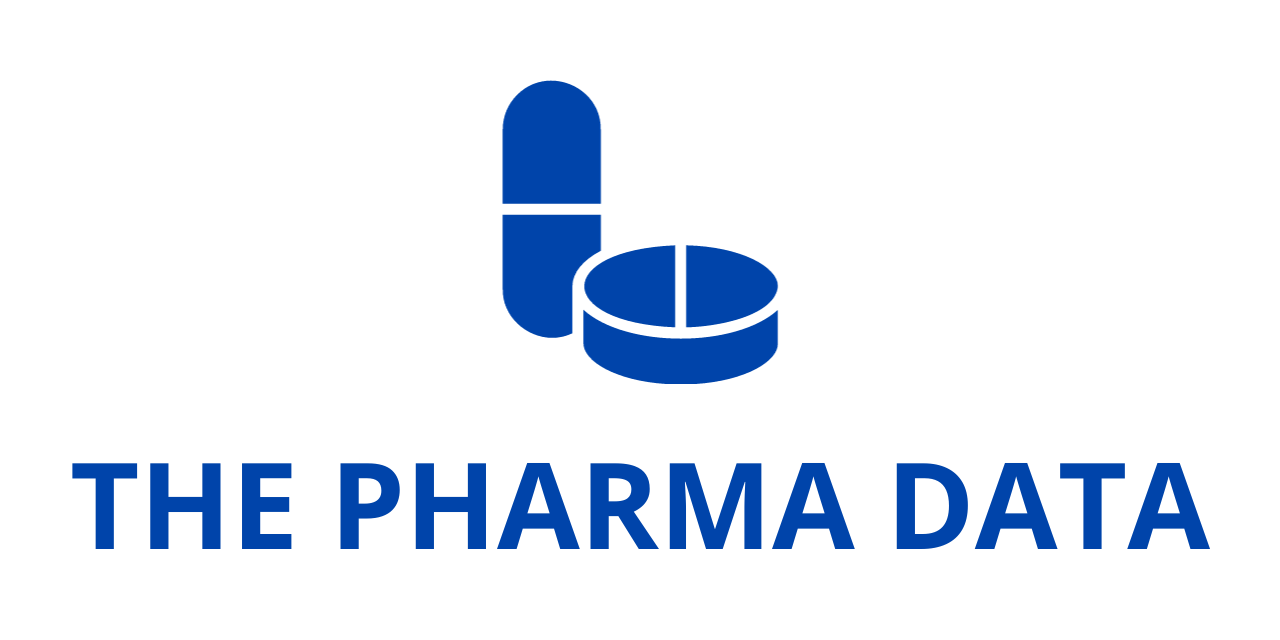
Alnylam Secures European Commission Approval for AMVUTTRA® to Treat Cardiomyopathy in ATTR Amyloidosis
Alnylam Pharmaceuticals, a global leader in RNA interference (RNAi) therapeutics, has received European Commission (EC) approval for an expanded indication of its RNAi drug AMVUTTRA® (vutrisiran). The new approval authorizes the use of AMVUTTRA for adult patients with cardiomyopathy caused by wild-type or hereditary transthyretin amyloidosis (ATTR-CM). This regulatory milestone marks a significant extension of the drug’s therapeutic scope in Europe, where it was already approved for hereditary transthyretin-mediated amyloidosis with polyneuropathy (hATTR-PN).
With this green light, AMVUTTRA becomes the first and only RNAi therapy in the European Union approved for treating both the cardiomyopathic and neuropathic manifestations of transthyretin amyloidosis (ATTR). This broadened approval is particularly impactful in a region where an estimated 100,000 people are living with some form of ATTR amyloidosis, the majority of whom suffer from cardiac involvement.
“This approval marks a critical step toward addressing this underserved patient population,” said Dr. Pushkal Garg, Chief Medical Officer at Alnylam. “AMVUTTRA is supported by a robust safety and efficacy profile and offers a clinically differentiated approach with the potential to transform outcomes.”
Grounded in HELIOS-B: A Landmark Phase 3 Study
The EC’s decision was primarily based on positive results from the HELIOS-B Phase 3 trial, a pivotal, randomized, double-blind, placebo-controlled study that enrolled a broad and representative sample of patients living with ATTR-CM. Conducted across multiple global centers, HELIOS-B was designed to reflect real-world clinical conditions, including participants who were concurrently treated with widely used therapies like tafamidis and SGLT2 inhibitors.
AMVUTTRA demonstrated statistically significant benefits across all 10 pre-specified primary and secondary endpoints. Among the most notable results:
- 28% reduction in the composite endpoint of all-cause mortality and recurrent cardiovascular events versus placebo.
- A 36% reduction in mortality at 42 months in a pre-specified secondary analysis, encompassing the full double-blind phase plus six months of open-label extension.
- Improvements in functional capacity as measured by the 6-minute walk test.
- Enhanced quality of life and health status, as evaluated by the Kansas City Cardiomyopathy Questionnaire (KCCQ).
- Reduction in heart failure severity, indicated by improvements in New York Heart Association (NYHA) classification.
Adverse events (AEs), including serious and severe AEs, were reported at similar frequencies in both the treatment and placebo groups, underscoring the favorable safety profile of vutrisiran. The most common drug-related side effects included injection site reactions and increases in liver enzymes such as alkaline phosphatase and alanine transaminase. These safety findings were detailed in a peer-reviewed publication in The New England Journal of Medicine.
“The HELIOS-B findings provide compelling evidence to support the use of vutrisiran as a first-line treatment for ATTR-CM,” stated Dr. Marianna Fontana, Professor of Cardiology at University College London and an investigator in the HELIOS-B trial. “The study population reflected routine clinical practice, which makes the positive results highly meaningful for day-to-day patient care.”
A New Standard for ATTR-CM Management
ATTR-CM is a progressive, life-threatening disease caused by the accumulation of misfolded transthyretin (TTR) protein in the heart. Over time, these misfolded proteins form amyloid fibrils that infiltrate cardiac tissue, leading to irremediable heart damage, heart failure symptoms, and premature death. The condition can be either hereditary or acquired (wild-type), often misdiagnosed or detected too late due to its subtle and overlapping symptoms with other cardiac disorders.
AMVUTTRA is a subcutaneously administered RNAi therapeutic, designed to silence the TTR gene in the liver, thereby reducing the production of the disease-causing protein at its source. The treatment is delivered once every three months, offering a convenient and sustainable regimen that can be administered by healthcare professionals or even self-administered by patients or caregivers. This flexibility supports greater treatment adherence and improved quality of life.
“Amyloidosis significantly impacts not just physical health but also daily functioning and emotional well-being,” said Giovanni d’Alessio, President of the Amyloidosis Alliance. “The availability of AMVUTTRA in the EU is an encouraging development, especially given the delays many patients face in receiving a proper diagnosis.”
Broader Regulatory Momentum and Commitment to Access
This EC approval follows other major regulatory victories for Alnylam. In March 2025, AMVUTTRA received approval from the U.S. Food and Drug Administration (FDA) and Brazil’s ANVISA for the treatment of cardiomyopathy in ATTR amyloidosis. Alnylam is continuing to pursue additional regulatory submissions around the world, aiming to expand patient access to vutrisiran in both developed and emerging markets.
Furthermore, in May 2025, the European Medicines Agency’s (EMA) Committee for Orphan Medicinal Products (COMP) issued a positive opinion on maintaining orphan drug designation for AMVUTTRA in the treatment of ATTR amyloidosis, reinforcing the importance of continued innovation in this rare disease space.
AMVUTTRA: Indications and Key Safety Considerations
In the European Union, AMVUTTRA is officially indicated for:
- Stage 1 or Stage 2 polyneuropathy in adult patients with hereditary transthyretin-mediated amyloidosis (hATTR-PN).
- Cardiomyopathy in adult patients with either wild-type or hereditary ATTR amyloidosis (ATTR-CM).
While vutrisiran is generally well tolerated, it reduces serum vitamin A levels, a consequence of its RNAi mechanism of action. To counter this, patients are advised to take vitamin A supplements ranging from 2,500 IU to 3,000 IU daily, without exceeding the recommended dosage. Patients should consult an ophthalmologist if they experience ocular symptoms such as night blindness, which may signal vitamin A deficiency.
The most commonly reported side effects include:
- Injection site reactions
- Elevated liver enzymes (alkaline phosphatase and ALT)
These adverse events are generally mild to moderate and manageable in the clinical setting.
With its recent EC approval, AMVUTTRA is now poised to redefine the treatment paradigm for ATTR-CM in Europe, delivering a targeted, convenient, and effective RNAi approach to a previously underserved population. By enabling the suppression of the pathogenic TTR protein at its source, vutrisiran holds promise not just for slowing disease progression, but also for enhancing the quality and longevity of patients’ lives.
Alnylam’s continued investment in RNAi science, patient access, and real-world evidence demonstrates its commitment to transforming genetic medicine and tackling the unmet needs of those living with rare and devastating diseases. As the company expands its global footprint and pipeline, AMVUTTRA’s success could be a harbinger for a broader therapeutic revolution in RNAi.




